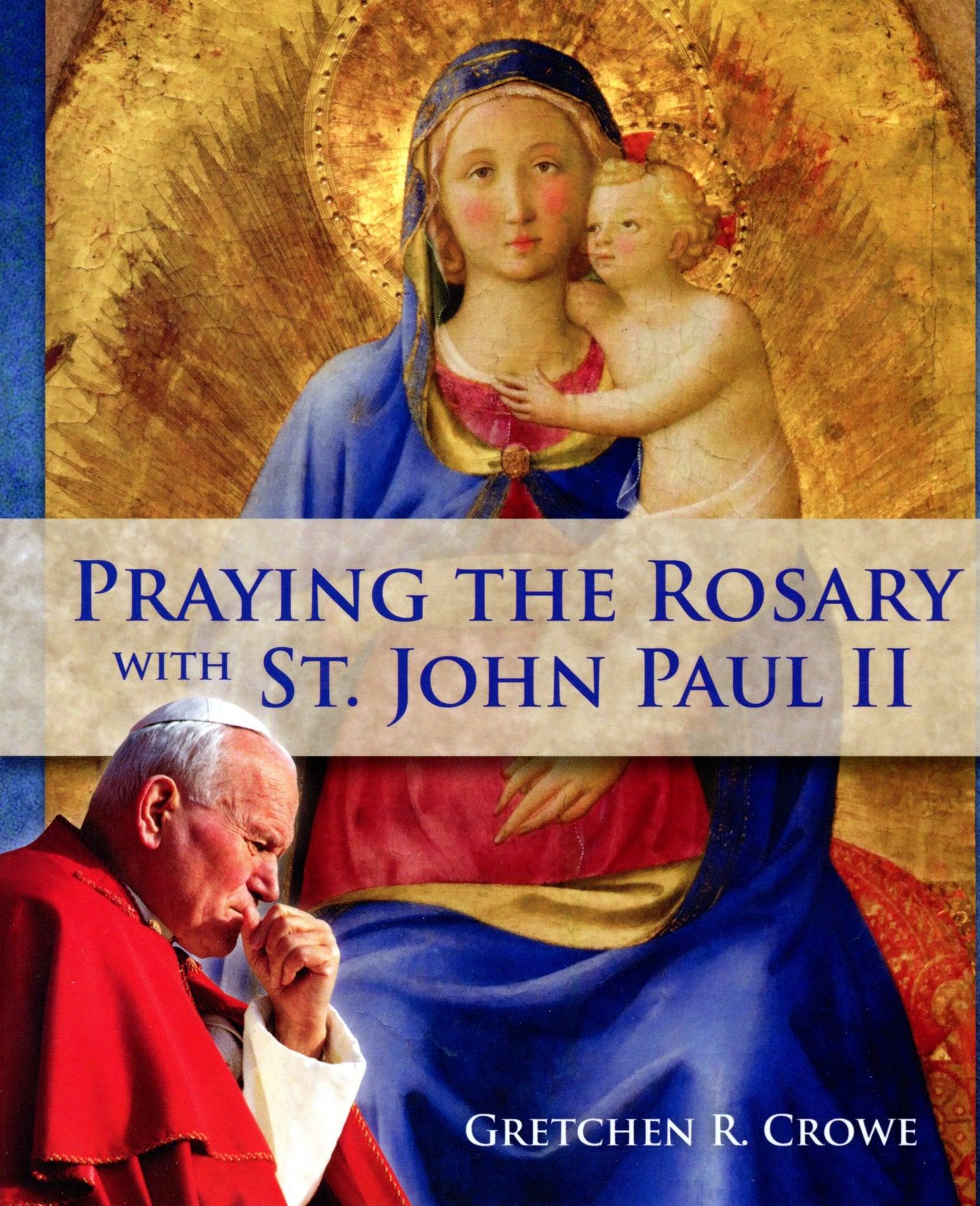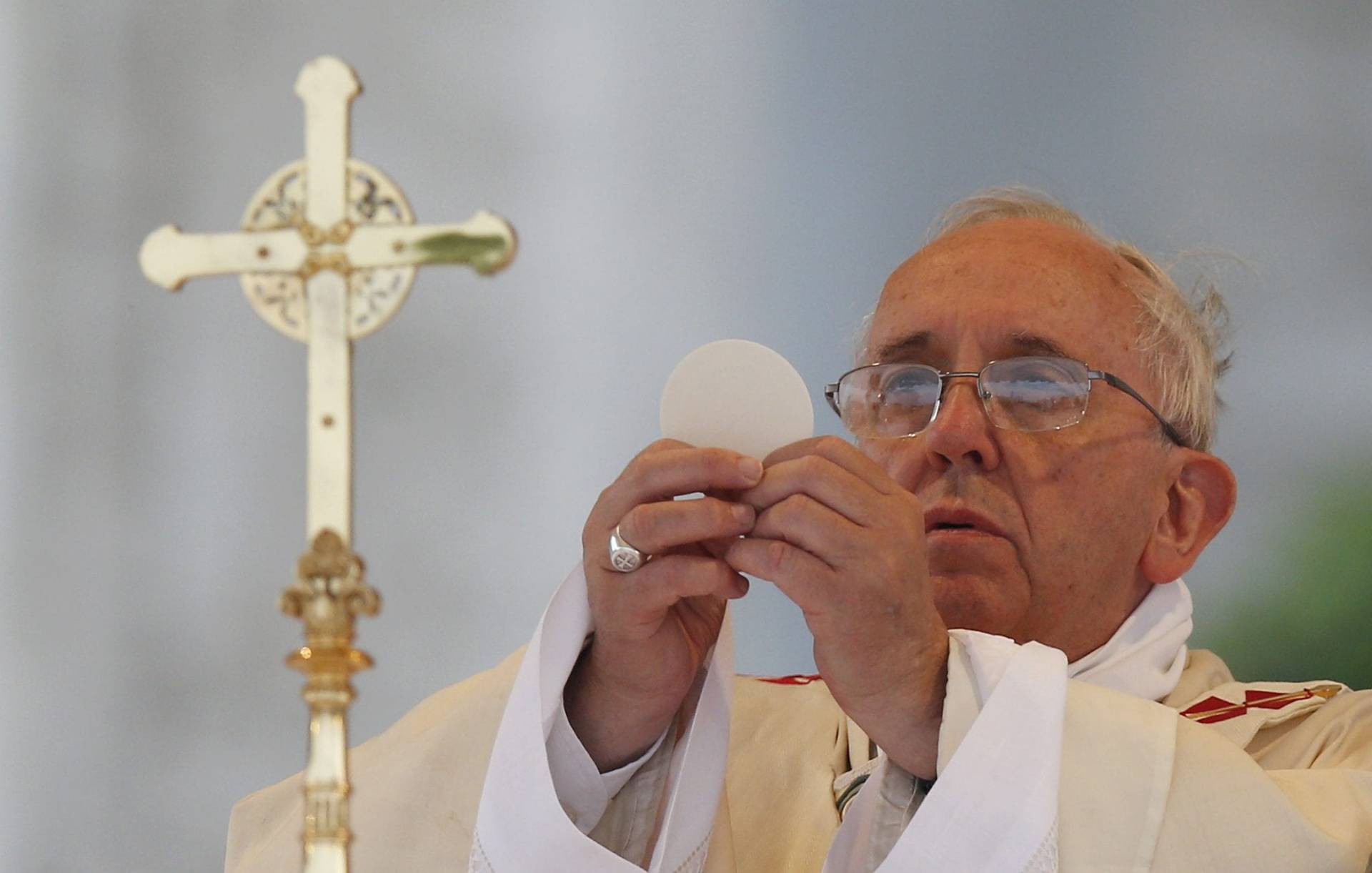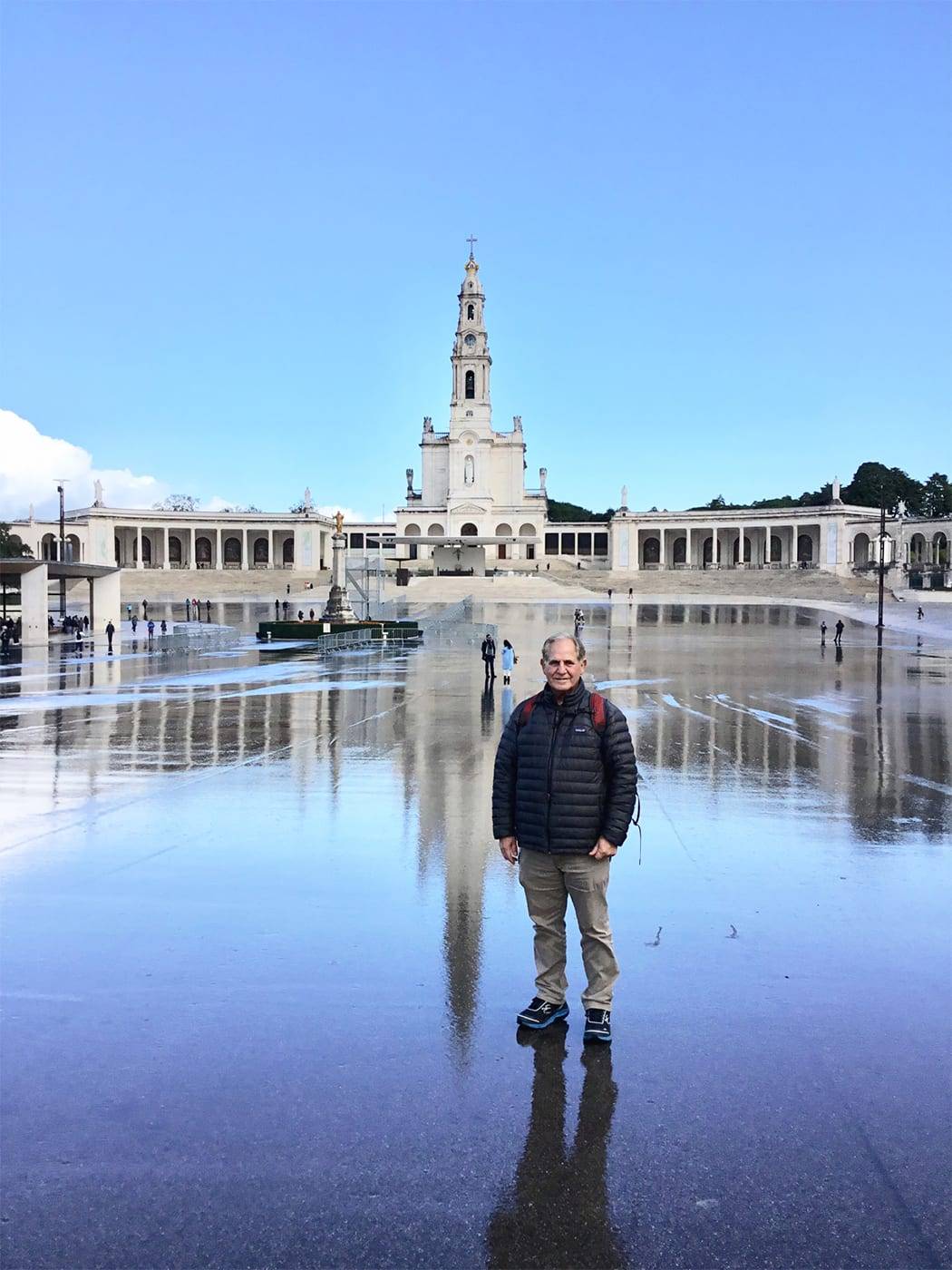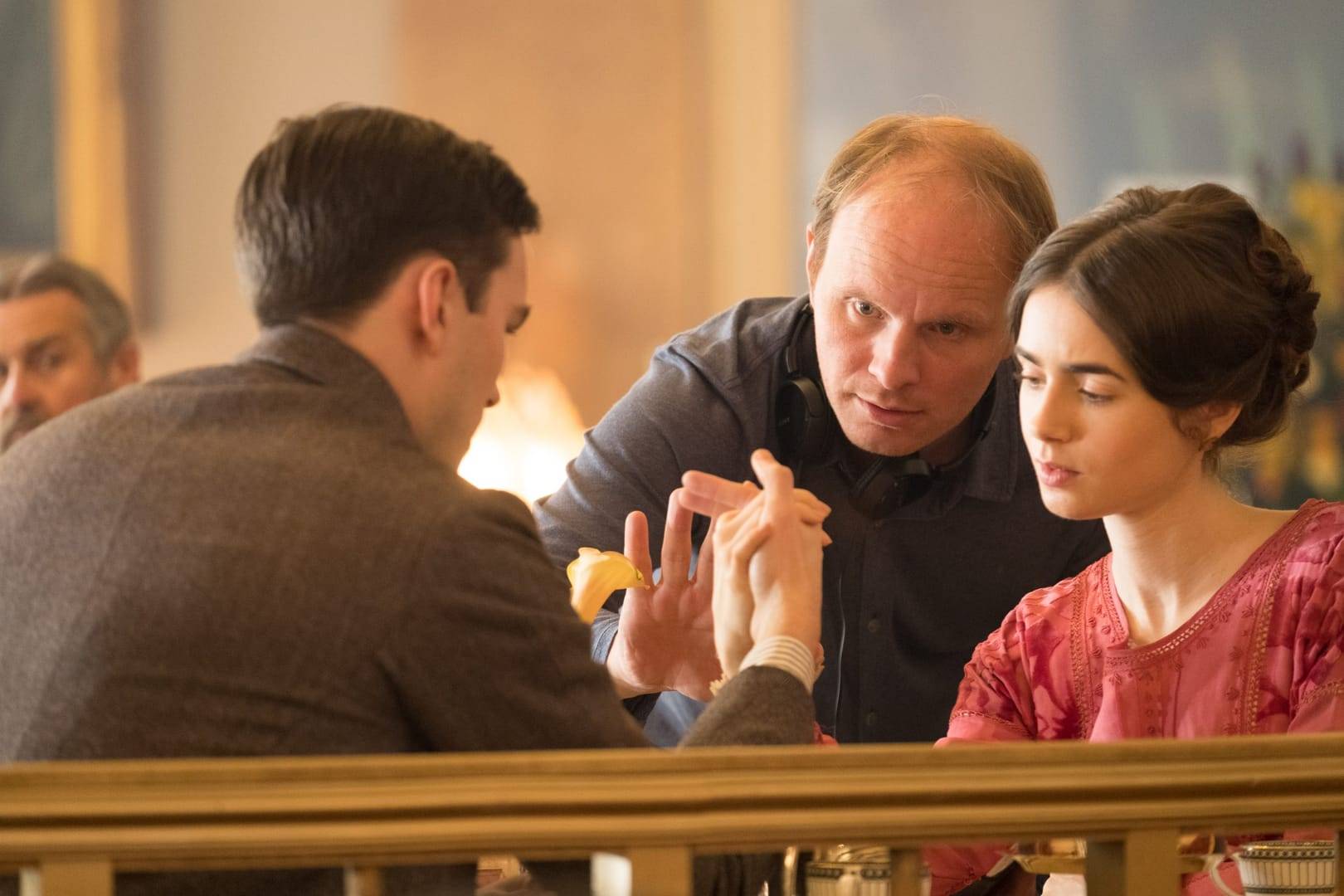Wow: the beautiful Richard Gere, his arms around the two nuns who run Wisdom House, smiles out at me from a wall display. In a break from my silence today, I speak with those nuns, Sisters Rosemarie Greco and Jo-Ann Iannotti. Immediately I ask about Gere.
He was here for a Buddhist retreat a few years ago, they tell me, nonchalantly. He was unassuming, no entourage. Sam Waterston, another actor, came here, too. He performed a dramatic reading of monk Thomas Merton’s works. Francine Prose, the novelist, did a writer’s workshop here as well. In fact, newspaper articles featuring visiting luminaries in art and music and spirituality hang all over Wisdom House walls. It offers not just Catholic and interfaith retreats but also ones for artists, writers, social justice and community activists. The sisters say they welcome up to 7,000 retreatants a year.
They are well aware of the paradox here: few still choose the nun’s life they did a half century ago, when vows of “poverty, chastity, and obedience” meant full habits, two or three family visiting days a year, no newspapers, no radios, no TVs ever, not just on retreat. “The first time we watched anything on TV was the funeral of [President Kennedy],” says Sister Rosemarie. “They brought in a small TV with 60 of us watching it.”
Yet an awful lot of lay people still do choose to come away to the monasteries and convents like this that once trained and housed priests and nuns. There are nearly 1,000 such places in North America. Some, like the retreat house at St. Benedict’s Monastery in Snowmass, Colorado, are booked more than a year in advance.
What is going on? A common theory is that the more wired we are, the more appealing being “unwired” becomes. Another: that surprise mega-bestsellers, like Elizabeth Gilbert’s 2006 “Eat, Pray, Love,” popularized the idea of lay people experiencing religious life – part time. And before that, poet Kathleen Norris’ 1996 best seller, “The Cloister Walk,” rehabilitated the dreary image of abbeys as dark, dungeon-like, and rigid.
Now on Day 6 at Wisdom House, I can report this place is anything but dark and rigid. Staff does, discreetly, enforce the silence. I welcome that, actually. But we can participate in prayer and Mass and presentations, or not, spending our entire visit holed up in our rooms. If we want to go shopping or drive around searching for Meryl Streep’s house – she lives among upper crust Litchfield’s very green hills – we can do that, too.
Attendance, however, is almost perfect in my centering prayer group. In one discussion, someone remarks on how warmly Wisdom House remembers those who have come here even before the nuns bought the farm in 1959. Each of its previous owners, dating back to 1770, is listed on the farmhouse porch. Benefactors, staff, friends, even pets are memorialized, their stories framed, their names engraved on plaques in flower gardens.
I am now part of the Wisdom House story, Sister Jo-Ann tells me. “Everybody who passes through here adds to it. People have prayed here, laughed here, cried here in English and French and Spanish and Latin, so many languages. The story is open,” she says, “and unfinished.”
Tomorrow: Slowing down, and opening up















